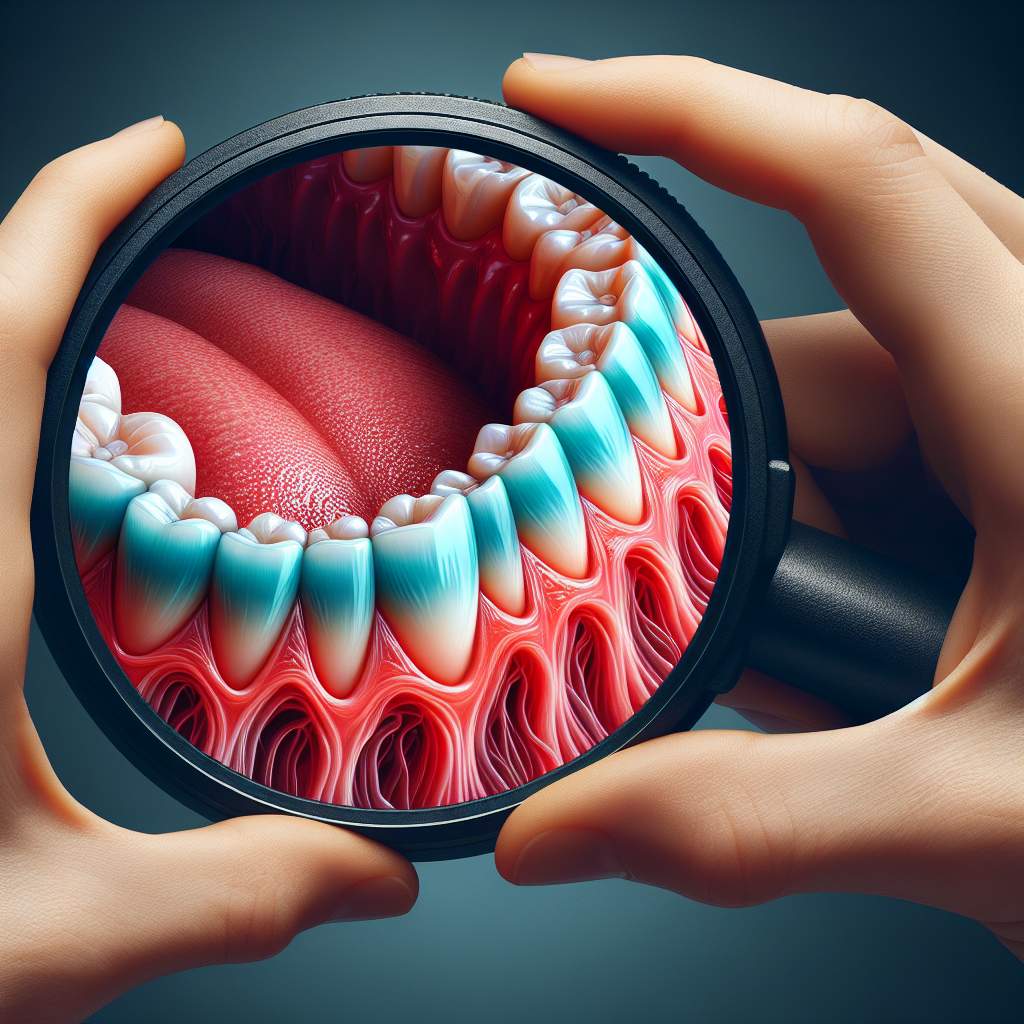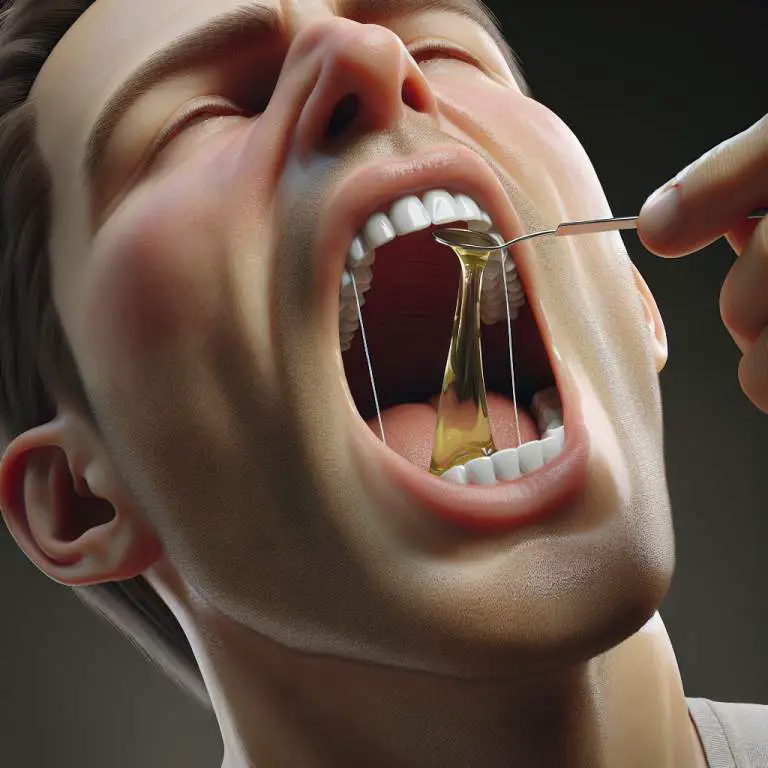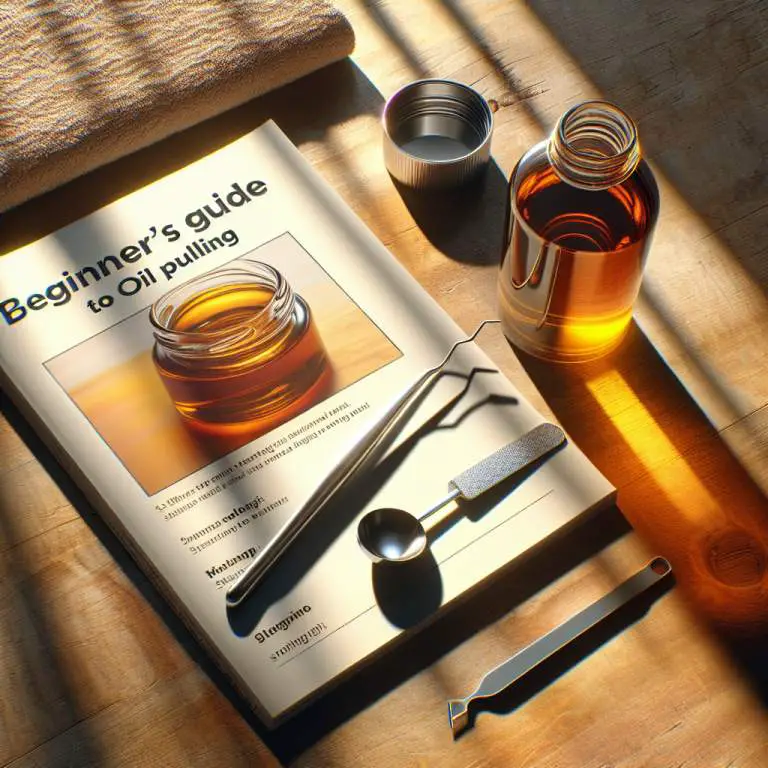Can oil pulling improve gum health and prevent bad breath?
Yes, oil pulling can help improve your gum health and prevent bad breath. This natural method involves swishing oil in your mouth to pull out bacteria that cause gum disease and bad breath. By doing this regularly, you can fight off these oral health issues and keep your mouth feeling fresh.

Can oil pulling improve gum health?
Yes, oil pulling can help improve your gum health. When you swish oil around in your mouth, it pulls out bacteria and other harmful stuff from your gums. This can reduce swelling and fight off infections that cause gum disease. Keeping your gums clean and healthy is super important for your overall mouth health.
Many people who try oil pulling notice their gums become stronger and bleed less when they brush their teeth. This is a good sign that your gums are getting healthier. Remember, healthy gums are the foundation for strong teeth, so taking care of them is a big deal.
How does oil pulling work to fight bad breath?
Oil pulling is great for fighting bad breath because it gets rid of the bacteria that cause it. When you swish oil in your mouth, it acts like a magnet for these tiny troublemakers. By removing them, your breath starts to smell fresher. Think of it as a deep clean for your mouth.
Bad breath often starts when food particles and bacteria build up in your mouth. Oil pulling helps by cleaning out these particles and making it harder for bad breath to stick around. So, if you’re looking for a natural way to keep your breath fresh, oil pulling might be just what you need.
What types of oil can be used for oil pulling?
You can use several types of oil for oil pulling, but the most popular ones are coconut, sesame, and sunflower oil. Coconut oil is a favorite because it has a pleasant taste and is packed with health benefits. It’s also known for its antibacterial properties, which can help clean your mouth.
Sesame and sunflower oils are also good choices for oil pulling. They have their own set of benefits and can help improve your oral health. The key is to choose an oil that you like because you’ll be swishing it around in your mouth for a while. Make sure it’s a high-quality, cold-pressed oil for the best results.
Are there any specific techniques for oil pulling?
Yes, there are some techniques you should follow for effective oil pulling. First, you’ll want to do it first thing in the morning before you eat or drink anything. Take about a tablespoon of oil and gently swish it around your mouth for 15 to 20 minutes. It’s important not to swish too hard, as this can tire out your jaw muscles.
As you swish, the oil will get thicker and milky in color. This is a sign that it’s pulling bacteria and toxins from your mouth. When you’re done, spit the oil into a trash can (not the sink, as it can clog pipes). Rinse your mouth with warm water and brush your teeth as usual. With regular practice, you’ll start to see improvements in your oral health.
| Question | Answer | How It Works | Oil Types |
|---|---|---|---|
| Can oil pulling improve gum health? | Yes | It pulls out bacteria and reduces inflammation. | Coconut, Sesame, Sunflower |
| Can oil pulling prevent bad breath? | Yes | It removes the bacteria that cause bad breath. | Coconut, Sesame, Sunflower |
How often should you do oil pulling for the best results?
For the best results, you should do oil pulling every day. It’s a good idea to make it part of your morning routine, before you eat or drink anything. This way, you can clean your mouth and get rid of the bacteria that grew overnight.
Most people find that doing oil pulling for about 15 to 20 minutes each time works well. If you’re just starting, you might want to begin with five minutes and then work your way up. This helps your mouth get used to the feeling.
Can children and pregnant women practice oil pulling?
Yes, children and pregnant women can practice oil pulling, but there are a few things to keep in mind. For children, it’s important to wait until they are old enough to understand they shouldn’t swallow the oil. This usually means children over the age of 5 can start with shorter sessions.
Pregnant women can also do oil pulling, but it’s always a good idea to talk to a doctor first. This is just to make sure it’s safe for you and your baby, especially if you have any health concerns.
What are the potential side effects of oil pulling?
While oil pulling is safe for most people, there are a few potential side effects. Some people might find that their mouth feels a bit sore after oil pulling, especially if they’re not used to it. This usually goes away after a few days.
Another possible side effect is an upset stomach or diarrhea if you accidentally swallow the oil. That’s why it’s important to spit the oil out when you’re done and not swallow it. If you have any allergies to the oil you’re using, you should stop and try a different type.
Final Thoughts
Oil pulling can be a great addition to your daily oral health routine. It’s a simple practice that can help improve your gum health, fight bad breath, and even whiten your teeth. Just remember to do it regularly and be patient, as it might take a few weeks to notice the benefits.
Always use high-quality oil and follow the recommended practices, like not swallowing the oil. If you have any concerns or experience any side effects, it’s a good idea to talk to your dentist or doctor. They can help make sure oil pulling is safe and effective for you.







